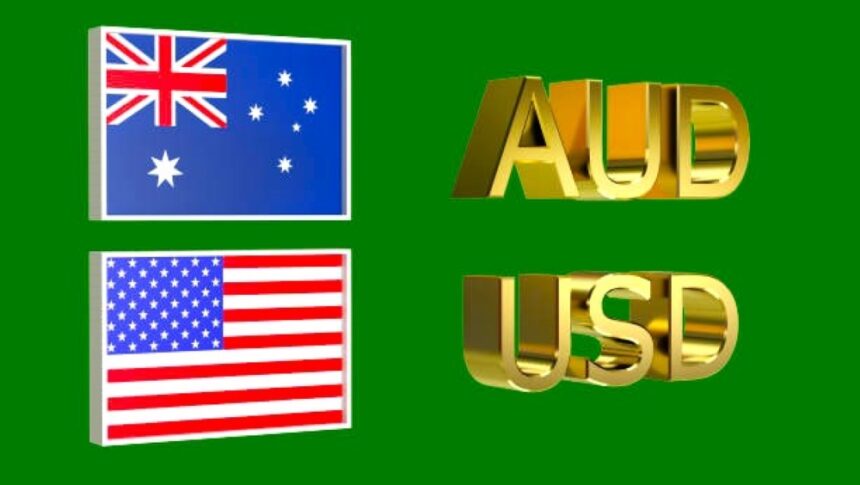Australian dollar strengthens as retail sales outperformed expectations in August.
On Tuesday, the Australian Dollar (AUD) rose against the US Dollar (USD) after Retail Sales data above expectations. The Australian Bureau of Statistics (ABS) stated that the major measure of Australian consumer spending climbed 0.7% month on month in August, beating market estimates of a 0.4% increase.
Aussie remains strong since the RBA may maintain a tight monetary policy in the short term.
The Australian Dollar supported by the hawkish opinion surrounding the Reserve Bank of Australia (RBA) over its interest rate. trajectory. The RBA maintained its cash rate at 4.35% for the seventh consecutive meeting, stating that the policy would need to remain tight in order to moderate inflation. Furthermore, China’s stimulus efforts have strengthened demand in Australia’s main trading partner, raising commodity prices and strengthening the commodity-linked Australian dollar.
The rise in the Australian Dollar pair may be limited by the stronger US Dollar (USD). Which could be ascrib to recent remarks from Federal Reserve (Fed) Chairman Jerome Powell. Powell stated on Monday that the central bank is not in a hurry and will drop its benchmark rate ‘over time.’ Fed Chair Powell also stated that the latest half-point interest rate drop should not be interpre tas an indicator of similar aggressive future moves, while adding that next rate changes are likely to be relatively moderate.
Daily Market Movers: Australian Dollar Appreciates Due to RBA’s Hawkish Policy Outlook.
On Tuesday, the Australian Dollar (AUD) rose against the US Dollar (USD) after Retail Sales data above expectations. According to the CME FedWatch Tool, markets expect the Federal Reserve to lower interest rates by 25 basis points in November, while the likelihood of a 50-basis-point cut has dropped from 53.3% the day before.
China’s Caixin Manufacturing Purchasing Managers’ Index (PMI) dropped to 49.3 in September, suggesting contraction, from 50.4 in August. Meanwhile, China’s NBS Manufacturing PMI increased to 49.8 in September, up from 49.1 the previous month and higher than the market consensus of 49.5.
According to the Financial Times, St. Louis Federal Reserve President Alberto Musalem said on Friday that The Fed should start decreasing interest rates “gradually” after a larger-than-usual half-point cut at the September meeting. Musalem acknowledged the potential of the economy weakening more than expected, adding, “If that were the case, then a faster pace of rate reductions might be appropriate.”
US ISM Manufacturing PMI is predicted to rise to 47.5 in September from the previous 47.2 level.
On Friday, the US Core Personal Consumption Expenditures (PCE) Price Index for August grew by 0.1% MoM, falling short of the predicted 0.2% gain and matching with the Federal Reserve’s view that inflation is slowing in the US economy. This has reinforced the probability of the Fed engaging in an aggressive rate-cutting cycle.
During his visit to China, Australian Treasurer Jim Chalmers held open and productive meetings with the National Development and Reform Commission (NDRC). Chalmers identified China’s economic slowdown as a major reason in sluggish global economy, describing the country’s new stimulus measures as a “really welcome development.”
China intends to invest more than CNY 1 trillion in capital into its main state banks, despite concerns such as narrowing margins, dropping revenues, and rising bad loans. This large cash infusion would be the first of its type since the 2008 global financial crisis.
According to the Reserve Bank of Australia’s Financial Stability Review for September 2024, the Australian financial system is still resilient, with risks largely contained. However, noteworthy worries include stress in China’s banking system and Beijing’s weak response to these challenges. Domestically, a tiny but growing number of Australian home borrowers are falling behind on their payments. However, only about 2% of owner-occupier borrowers are at severe risk of default.









